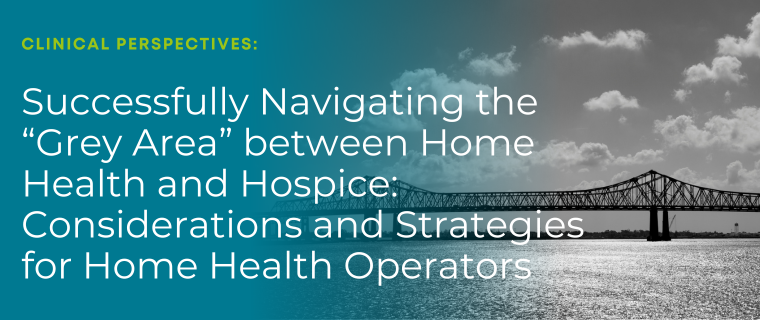Quotes And Stats You Need To Read From Deloitte's Post Acute Analysis
Deloitte recentlyreleased a 20-page report on the healthcare industry’s currentviews on post acute care. It’s calledViewing post-acute care in a new light–Strategies to drive value.You can download the full report here.
The premise is that post-acute care hasn’t always been a top priority for healthcare organizations. But, things have changed. Today’s value-based care initiatives demandthat care providers take a closer look and find out how to best incorporate post-acute care.
While the entire report is valuable and we encourageyou to dive in, for your conveniencewe’ve pulled a handful of themes supported by compelling quotes and stats from the paper.
Theme 1: Healthcare system and post acute leaders realize they need to be more intentional in building quality partnerships.
- “In the old days, when we discharged patients from the hospital, you had this: ‘Good bye and good luck. Nice knowing you. Hope everything is great. Drop us
a postcard sometime.’ The future is that we are still responsible for that patient. Whether you own the facility, operate it, or not, you are now financially accountable.” —Health system executive - “It’s clear that we have an opportunity in terms of quality and cost [with post-acute care]. It’s clear that we are not transitioning patients out of acute well.”
—Health system executive - “Get your post-acute care partners involved in the full spectrum of care. Because together you’re responsible for the care of your patients.” —Health system physician executive
- “I do not believe the goals of ACA can be achieved without a strong post-acute care industry.” —Post-acute care executive
Theme 2: Post-acute still has work to do.
- “What is accepted in post-acute care would be considered catastrophic if that level of variability existed in hospitals or physician offices.” —Post-acute care executive
- Medicare spends nearly $60 billion per year on post-acute services, or 12 percent of its annual expenditure, according to MedPAC’s June 2016 health care spending data book. Nearly all of executives interviewed for Deloitte’s paper cite the fragmented state of post-acute care. With fragmentation comes variability, which can mean wide differences in cost, utilization and quality.
Theme 3: Care providers have a lot of work to do too.
- “The average physician probably cannot tell you witha good deal of accuracy the differences between IRF,SNF, assisted living, home health or hospice… Not to speak negatively of my physician colleagues; I don’tthink I understand those differences very well.”—Health system physician executive
Theme 4: Care coordination, technology and analytics can help. (Did we mention we provide the post acute space–home health specifically–withanalytics-based technologythat enables improved care coordination?)
- “Interestingly, ACOs and bundles are trying to do what health plans have been doing for years. The game in health care is… what is the most appropriate setting and appropriate LOS for every patient? Health plans [and we’d say Medalogix…sorry for the shamelss plug] are good at making that call because they have been collecting and studying that data for a while.”—Post-acute care executive
What are you thoughts on the status of post-acutecare? Comment below.
Related Blogs

HHVBP: A Winning Strategy for Home Health Providers
The start of 2025 has ushered in a wave of new realities for Home Health...

Pulse Referrals & Admissions: Real-world AI impact in a sea of hype
Throughout the tech space, including home health, much has been said rec...

Successfully Navigating the “Grey Area” between Home Health and Hospice: Considerations and Strategies for Home Health Operators
Amanda Fabozzi, PT, DPT Whether a patient should be served by hom...


